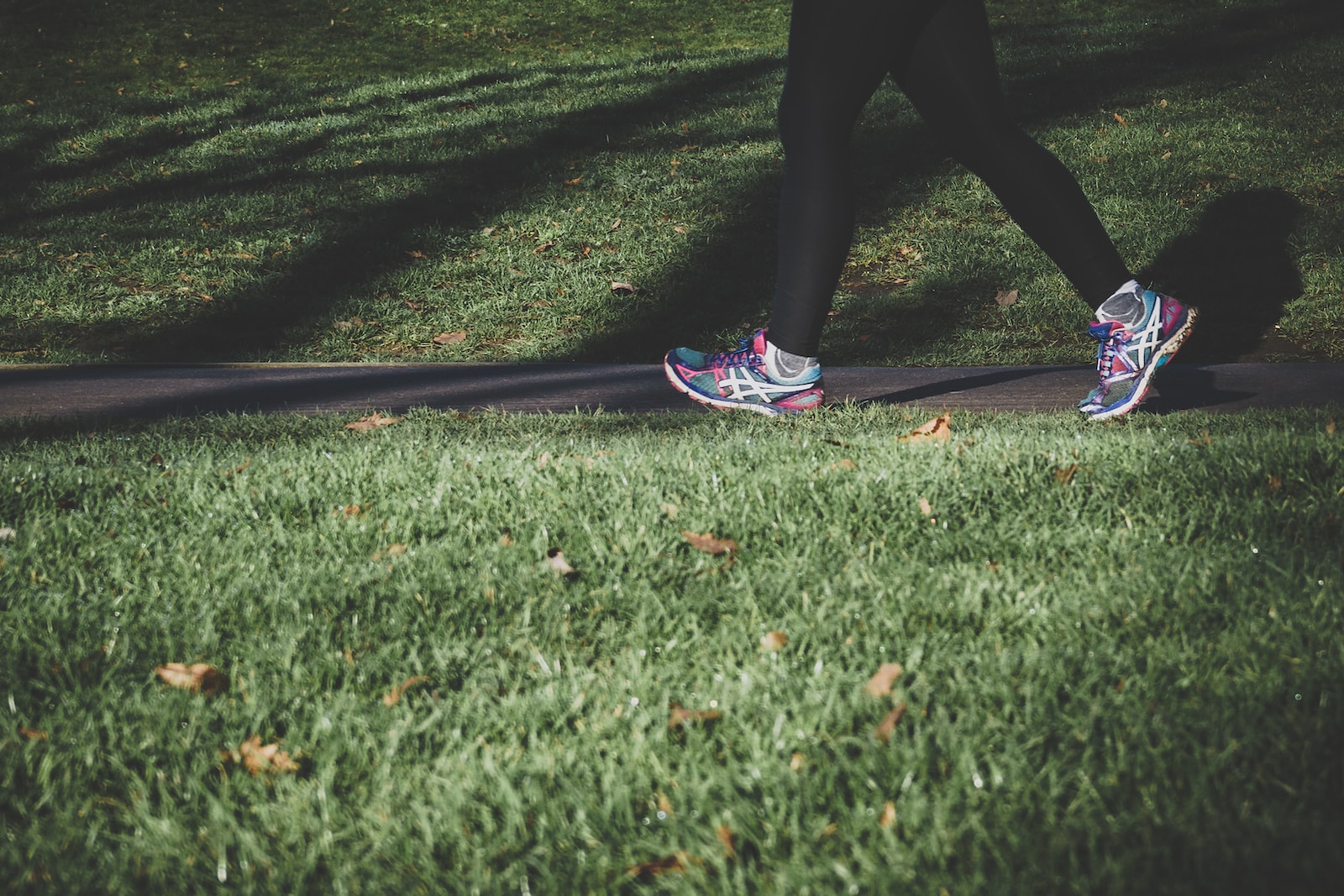Training your heart to reduce cardiovascular risk
A sedentary lifestyle, or lack of physical activity, was recently added to the list of risk factors for cardiovascular disease, alongside smoking, high cholesterol and hypertension. It is believed that physical activity carried out for 30 minutes a day by sedentary individuals reduces the risk of bowel and intestinal cancer, osteoporosis, hypertension, depression, anxiety and stress. Therefore, training your heart and body has positive effects on your blood pressure while reducing the chances of suffering from other diseases.
It is also important to remember that, by physical activity, we do not only mean aerobic exercises such as jogging, cycling or swimming, but even other daily activities such as taking the stairs, walking around town or practicing hobbies such as gardening. Endurance training should be considered of equal importance to exercises with weights (see our article on isometric exercises for blood pressure reduction) because by increasing strength, they contribute to fat burning and decreasing cholesterol levels in the blood.
Exercise and training the heart can bring about the following benefits:
- Reduction in average blood pressure
- Reduction in total cholesterol and LDL (“bad” cholesterol)
- Decreased risk of orthopedic injuries
- Reduction in body fat
- Increased efficiency of the heart and lungs
- Prevention of diabetes
- Increase in “good cholesterol” (HDL)
- Increase in energy levels
- Increased tolerance to stress and depression
The consequences of physical activity on the cardiovascular system are not easily outlined because each sport requires a different level of cardiac effort. Certain activities, such as mountaineering, underwater diving and motorsports involve an intrinsic risk associated with the environment in which they are practiced.
Finally, we should add that cardiovascular risk increases in those who practice contact sports, which can lead to blunt chest trauma or intense cardiac stimulation resulting from head trauma, which can cause hypokinetic arrhythmic phenomena.
Ready to train your heart and lower blood pressure? You can make a difference by simply modifying a few daily habits.
Scientific articles below:
- American Heart Association
http://www.heart.org/HEARTORG/GettingHealthy/PhysicalActivity/FitnessBasics/Fitness-Basics_UCM_462340_SubHomePage.jsp - Circulatory and Ventilatory Power: Characterization in Patients with Coronary Artery Disease (Arq Bras Cardiol. 2015 Jun; 104(6): 476–485.) http://www.ncbi.nlm.nih.gov/pmc/articles/PMC4484680/
- Diet and exercise improve chemoreflex sensitivity in patients with metabolic syndrome and obstructive sleep apnea (Obesity (Silver Spring). 2015 Jul 6) http://onlinelibrary.wiley.com/doi/10.1002/oby.21126/abstract?systemMessage=Wiley+Online+Library++be+disrupted+on+11th+July+2015+at+10%3A00-16%3A00+BST+%2F+05%3A00-11%3A00+EDT+%2F+17%3A00-23%3A00++SGT++for+essential+maintenance.++Apologies+for+the+inconvenience


